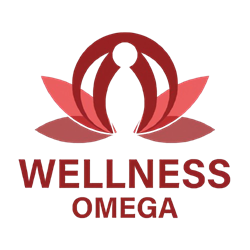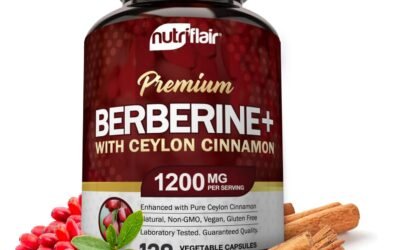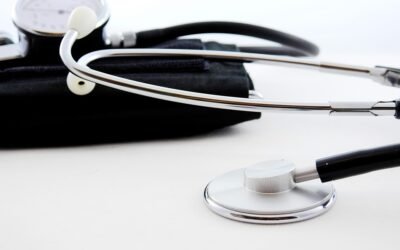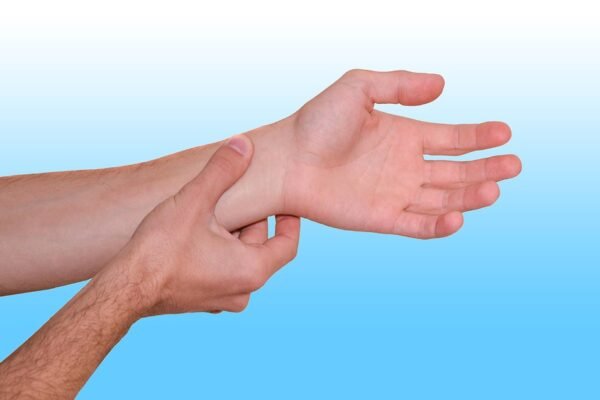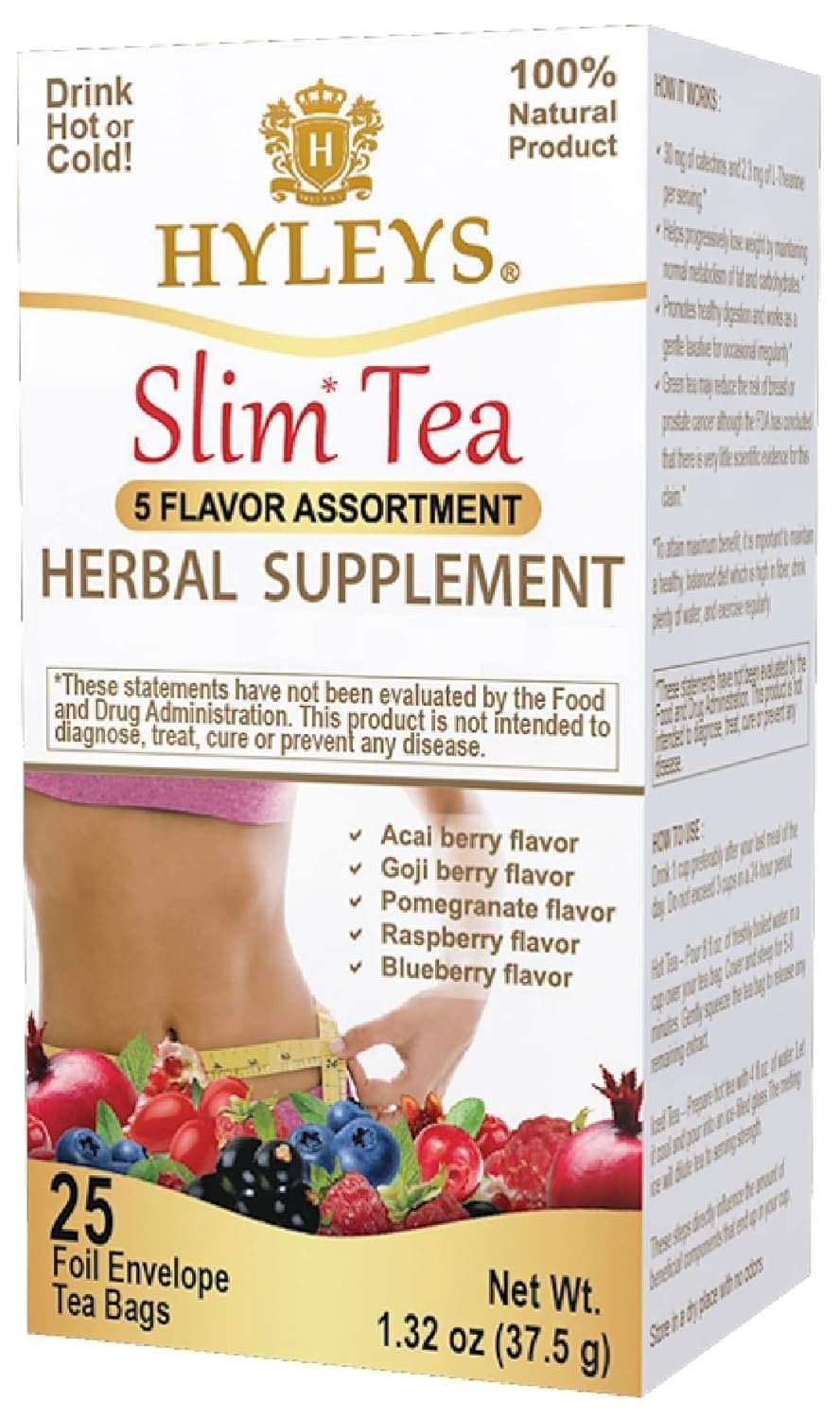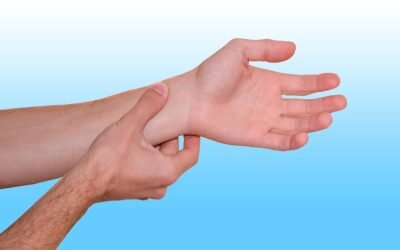
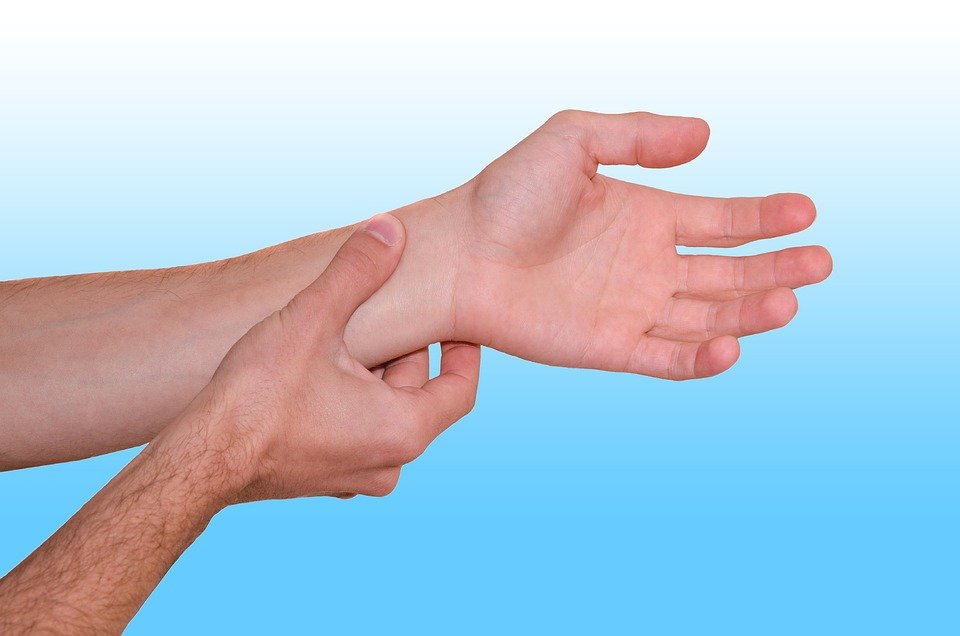
The Pulse of Life: Investigating the Importance of Blood Flow in Healing
The Pulse of Life: Investigating the Importance of Blood Flow in Healing
Blood circulation is a fundamental aspect of human physiology, often dubbed the “pulse of life.” It is not merely a process of transporting nutrients and oxygen; it also plays a vital role in the healing of various bodily injuries and conditions. Understanding the significance of blood flow in healing is crucial for both medical professionals and patients alike.
Understanding Blood Flow
Blood flow is the movement of blood through the circulatory system, which includes the heart, arteries, veins, and capillaries. This intricate system efficiently delivers oxygen and essential nutrients to cells while removing waste products. However, when blood flow is compromised, so too is the body’s ability to heal efficiently.
The Mechanisms of Blood Circulation
Blood circulation can be broken down into two major types:
- Systemic Circulation: This involves the movement of oxygenated blood from the heart to the rest of the body and the return of deoxygenated blood back to the heart.
- Pulmonary Circulation: This pathway carries deoxygenated blood from the heart to the lungs for oxygenation, after which oxygenated blood returns to the heart.
The Role of Blood Flow in Healing
Healing is a multi-faceted process that involves various physiological responses. Blood flow is central to this process in several ways:
1. Nutrient and Oxygen Delivery
Blood flow is essential for supplying the tissues with the oxygen and nutrients needed for cellular repair. Oxygen is particularly important; it aids in cellular metabolism and energy production, which are crucial for healing. Nutrients such as vitamins, minerals, and proteins also support tissue regeneration and repair processes.
2. White Blood Cell Deployment
The body’s immune response is bolstered by effective blood flow. White blood cells (WBCs) travel through the bloodstream to reach the site of injury or infection. Increased blood flow helps to mobilize immune cells and antibodies, which combat pathogens and promote healing.
3. Removal of Waste Products
During the healing process, metabolic waste products—such as lactic acid and carbon dioxide—must be efficiently removed. Adequate blood circulation ensures that these toxins are flushed out, preventing complications and enabling a healthier recovery.
4. Temperature Regulation
Increased blood flow to injured areas can lead to localized heat, which facilitates healing. The warmth aids enzymatic processes and increases tissue repair metabolic activity. However, excessive heat can be counterproductive, indicating the necessity for a balanced blood flow.
5. Formation of New Blood Vessels
Angiogenesis, the formation of new blood vessels, is stimulated by adequate blood circulation. This process is vital in tissue repair, especially in chronic wounds or areas with compromised blood supply. Enhanced blood flow can trigger growth factors that promote angiogenesis, aiding in healing.
Factors Affecting Blood Flow
Several factors can influence blood flow and, consequently, the healing process. Understanding these factors can assist in maximizing recovery.
1. Vascular Health
The health of your blood vessels plays a significant role in circulation. Conditions such as atherosclerosis, characterized by narrowed arteries due to plaque build-up, can impede blood flow, affecting healing.
2. Hydration
Dehydration can lead to thickened blood, making it more difficult for the heart to pump effectively. Staying hydrated ensures that blood remains fluid, facilitating circulation and supporting healing.
3. Physical Activity
Regular physical activity promotes circulation while strengthening the cardiovascular system. Those who engage in moderate exercise usually experience enhanced healing due to improved blood flow.
4. Nutrition
A healthy diet rich in antioxidants, vitamins, and minerals is essential for maintaining vascular health. Foods such as leafy greens, berries, nuts, and fatty fish spread essential nutrients to support blood flow and promote healing.
5. Smoking and Alcohol
Smoking and excessive alcohol consumption negatively impact blood flow, leading to compromised healing. Quitting smoking and moderating alcohol intake can significantly enhance blood circulation and overall health.
Treatment Options to Improve Blood Flow
For those looking to boost their blood circulation, several options are available:
1. Massage Therapy
Massage is an excellent way to enhance blood circulation. By applying pressure to specific areas, massage relaxes muscles and opens up blood vessels, facilitating increased blood flow.
2. Compression Therapy
Compression stockings can help improve venous blood flow, particularly in individuals prone to blood pooling in the legs. This therapy helps reduce swelling and enhance recovery.
3. Physical Exercise
Engaging in regular exercise increases heart rate and stimulates circulation. Activities like walking, cycling, and swimming can be effective in improving blood flow.
4. Hydrotherapy
Alternating between hot and cold water treatments can promote circulation and aid in muscle recovery. Hot water increases dilatation of blood vessels while cold exposure can constrict them, leading to enhanced circulation.
5. Nutritional Supplements
There are various supplements available that can promote blood circulation. Ingredients like omega-3 fatty acids, ginkgo biloba, and cayenne pepper have been shown to aid blood flow.
Conclusion
The importance of blood flow in healing cannot be underestimated. Effective circulation facilitates the delivery of nutrients and oxygen, mobilizes immune responses, and aids in waste removal, all of which are crucial for recovery. By understanding the factors that influence blood circulation and taking steps to enhance it, individuals can improve their healing processes significantly. Whether through lifestyle changes or therapeutic interventions, optimizing blood flow is an essential step towards better health and recovery.
FAQs
1. How does poor circulation affect healing?
Poor circulation can impede the delivery of oxygen and nutrients to injured tissues, prolonging recovery times and increasing the risk of complications.
2. What can I do to improve my blood flow?
Regular exercise, staying hydrated, eating a balanced diet rich in antioxidants, and avoiding smoking can significantly improve blood circulation.
3. Can massage therapy really enhance blood flow?
Yes, massage therapy stimulates blood vessels, enhances tissue elasticity, and encourages better circulation throughout the body.
4. Are there any specific foods that improve blood circulation?
Foods rich in omega-3 fatty acids, like salmon, nuts, and seeds, along with fruits and vegetables high in antioxidants can enhance blood flow.
5. Is drinking water alone enough for optimal blood circulation?
While staying hydrated is crucial for healthy circulation, it’s best to combine hydration with a healthy lifestyle, including physical activity and a balanced diet.
